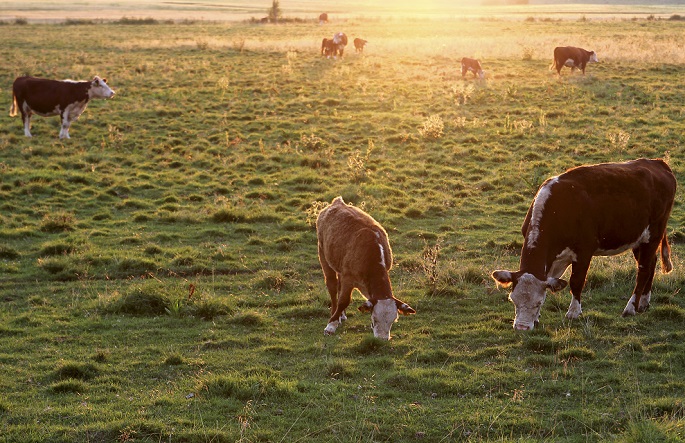Number of agricultural, horticultural farms on wane
Published : 01 Dec 2022, 02:40
There were 43,611 agricultural and horticultural enterprises in Finland in 2022, said the Natural Resources Institute Finland’s (Luke) in a press release on Wednesday, quoting the preliminary data in the register.
The number of farms decreased by 1,078 from the previous year, while the utilised agricultural area, i.e. the field area, remained unchanged at 2.27 million hectares.
The majority of farms are classified as crop production farms. An examination of a longer time series shows that the number of dairy farms has decreased. This year, their number decreased by 416 farms to 4,599. While the decrease has been steady, the remaining dairy farms have continued to grow.
This year, the average field area on dairy farms is slightly more than 90 hectares. Above all, the increase in the farm size can be explained by the farms that have discontinued dairy farming having a smaller field area than the continuing farms.
Primary farmers in agricultural and horticultural enterprises are becoming older, with a fifth of all farmers having reached the retirement age (over 65). Farmers are youngest on livestock farms and oldest on farms engaged in other crop production.
The decrease in the number of farms within a production line does not directly indicate that activities have been discontinued. Many farms that have discontinued dairy farming continue as other cattle farms or switch to cereal farming (including oilseed and protein crop farms) or other crop production.
According to the Change of production type service in the Luke´s EconomyDoctor, dairy farms switched most to other cattle farming, and cereal farms to other crop production between 2019 and 2020. The majority of discontinued farms were other crop production farms.
Although the number of farms has decreased, the field area has remained unchanged, and the average area has increased.
The decrease in livestock farms, cattle farms in particular, releases fields for uses other than feed, especially if there is no nearby cattle farm that would be willing to lease the fields.
Grass cultivation is an option. According to the utilised agricultural area statistics, the area of grasslands of less than five years of age has increased in the long term.
“It will be interesting to see how the current global political situation affects agricultural production and national preparation – and whether the new common agricultural policy (CAP) has an impact on the use of fields. Solving financial problems in agriculture and horticulture is key, as the current situation does not encourage farmers to invest in production or young people to start an agricultural enterprise,” said Anna-Kaisa Jaakkonen, senior statistician at Luke.


